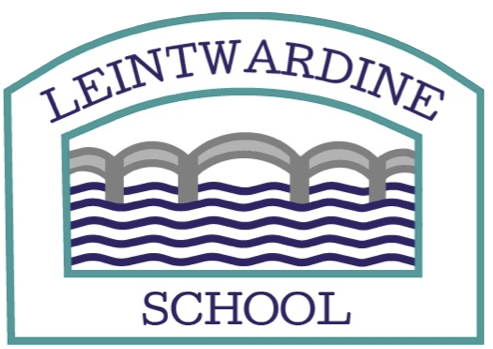Writing
Our Vision for Writing
We know that learning to write effectively for a range of purposes and audiences is an essential tool for not only children’s time in school, but beyond that too. Our writing curriculum aims to give children a toolkit of skills, knowledge and understanding which they can confidently draw upon to a range of different types of writing across the curriculum. By providing our children with interesting hooks or stimuluses to write, we strive to not only give children the skills they need to write well, but to help a love of writing flourish. We aim to teach our writing curriculum succinctly, planning writing opportunities that allow us to teach children the grammatical aspects they need whilst ensuring that we give them opportunities to apply it. We encourage children to be confident writers who are able to unlock their futures through their written words.
Implementation of the Writing curriculum
Daily phonics and spelling practice is key to developing independent writers who use their knowledge of graphemes to write (and then read) their work. When children have mastered ‘Twinkl Phonics’, we use Jane Considine’s ‘The Spelling Book’ program to help structure our teaching. ‘The Spelling Book’ program is activity based which puts children in the driving seat of their learning. Through carefully planned investigations, children discover the spelling rules for themselves, alongside our teaching. It is the hope that this impact will be more lasting. Further support is given to children in spelling through the use of precision teaching and the use of the ‘Squeebles’ app.
Within the framework of the National Curriculum, writing is taught covering a range of genres and with connections across the curriculum. Though we do not subscribe to any writing scheme with exclusivity, all classes across the school use units from an approach founded upon Jane Considine’s ‘The Write Stuff’. Children are exposed to high-quality texts which they read, identifying the features which make the writing successful. We analyse vocabulary choice, sentence types, uses of punctuation, the layout and how cohesion is achieved. Wherever possible, grammar and punctuation is taught within the context of the text type, but discrete lessons are also given. We model the writing genre with children, thinking aloud so that the process is made explicit. Children are then encouraged, using a variety of scaffolding techniques for support, to write independently, orally rehearsing sentences as they go. Editing and proof-reading is modelled and peer-reviews are helpful so that improvements can be made with growing independence.
Throughout the school, we are working hard on expanding the children’s vocabulary. In addition to the work in our English lessons, each class shares a word of the week with the children. Furthermore, teachers share this word with parents on Seesaw to illustrate to them the level of vocabulary that is aspired to in school. In KS2, daily vocabulary sessions are taught where we employ a range of activities to introduce children to new vocabulary and at the same time try to embed it so they use it in their work.
You can find the expectations (from the National Curriculum) that children in each year group should be working towards and achieving by clicking on the year group number below:
1 2 3 4 5 6
